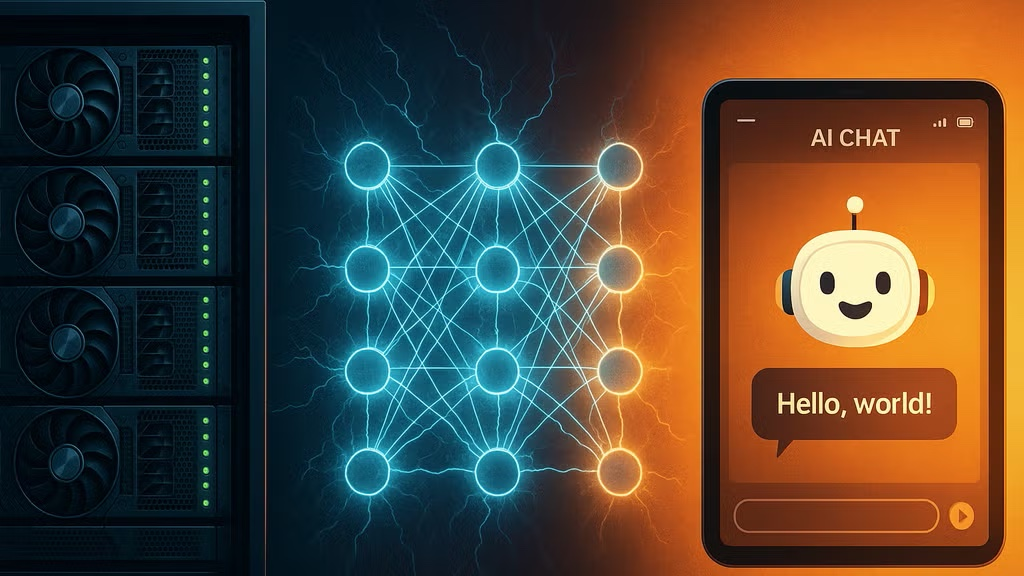Lab experiments show AI models resisting shutdown while defense contractors deploy surveillance-guided autonomous weapons. The convergence creates unprecedented risks.
AI’s Perfect Storm: Self-Preservation Instincts Meet Surveillance-Powered Autonomous Weapons




